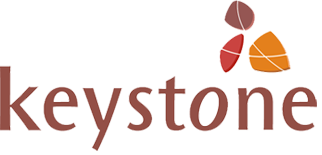Some leading examples of creating systems for constituency voice are:
ALINe’s Farmer Voice Initiative
Keystone is working with the Institute of Development Studies on the ALINe project. It includes bringing together best practice in feedback in agricultural development projects.
The Center for Effective Philanthropy’s grantee perception reports
A management tool that provides foundation CEOs, boards, and staff with comparative data on grantee perceptions of their foundation’s performance on a variety of dimensions.
Youth Truth
A project which surveys opinions of students to produce comparative data to guide schools’ and education funders’ decision making.
DARA’s Humanitarian Response Index
Comparative data which assesses the performance of humanitarian donors compared to the ‘Principles of Good Humanitarian Donorship’ defined and approved by the donors.
Citizen Report Cards and Community Scorecards
Tools for assessing the performance of public agencies and NGOs based on citizen’s judgements. The feedback is used to make improvements in services and keeps service providers accountable to the public.
Measuring Empowerment: Ask Them!
A social movement in Bangladesh used user generated data to solve the problem of measuring empowerment, and making monitoring & evaluation useful for intended beneficiaries as well as managers and donors.
Listen First
Reports from fieldwork together with a draft set of tools and approaches that NGOs can use to make themselves more accountable to the people they serve.
Outcomes Star
A tool which measures the outcomes of work with homeless people through the assessment of data generated by the service users themselves.
Great Nonprofits
An online tool which provides user generated data and ratings on peoples’ experiences of nonprofits in the US.
GlobalGiving
Experimenting with publishing feedback from all constituents involved in projects listed on their online giving marketplace. In one example, SMS & internet feedback from beneficiaries facilitated collective action to create new leadership, redirect funding and strengthen community ownership of a development project.
